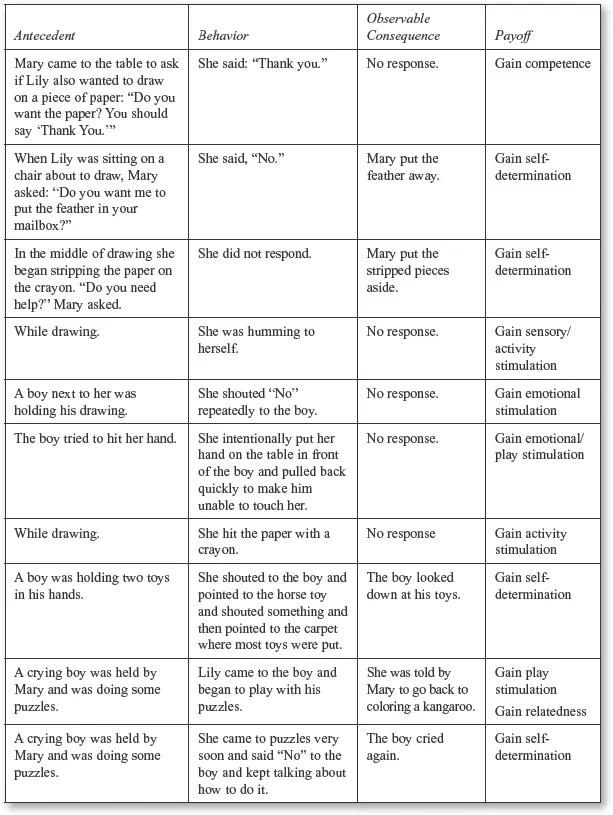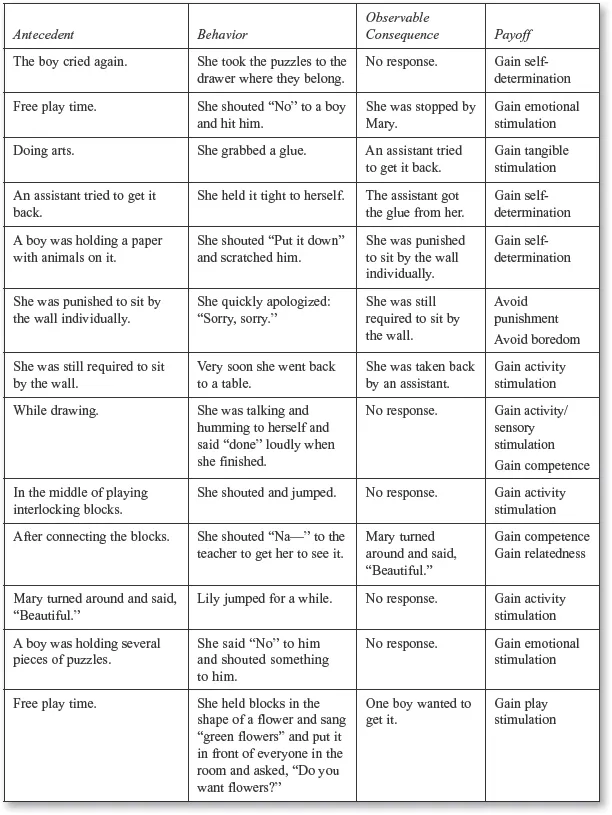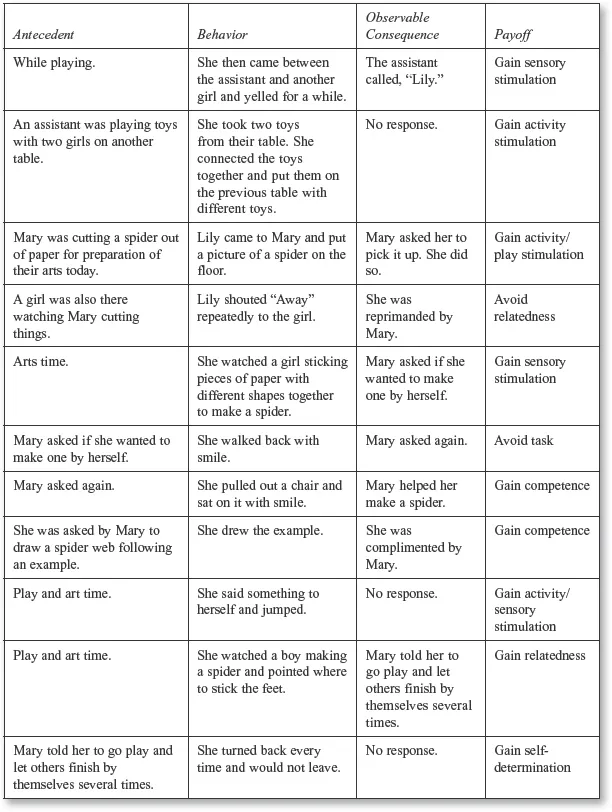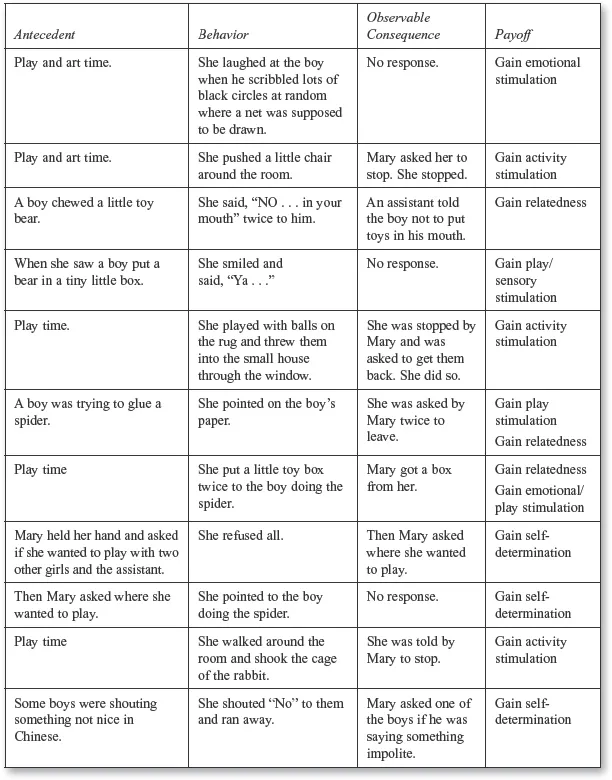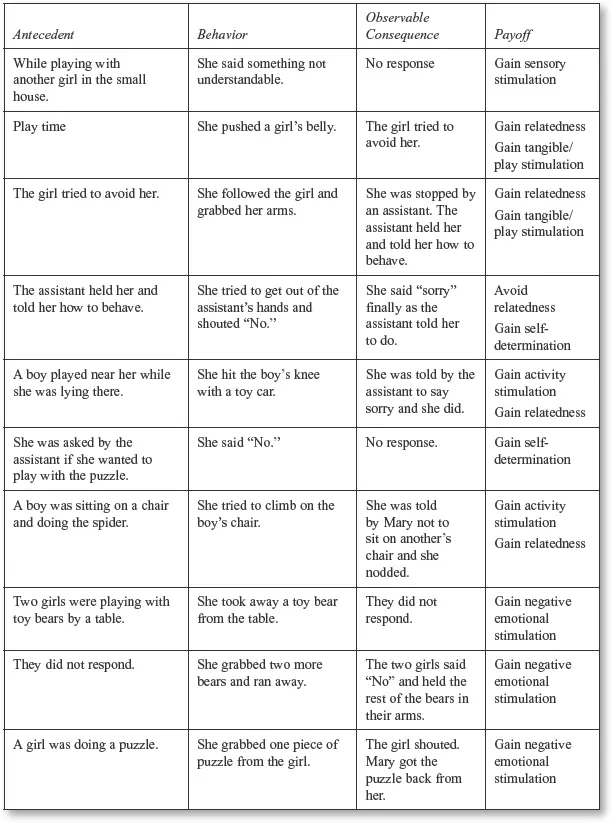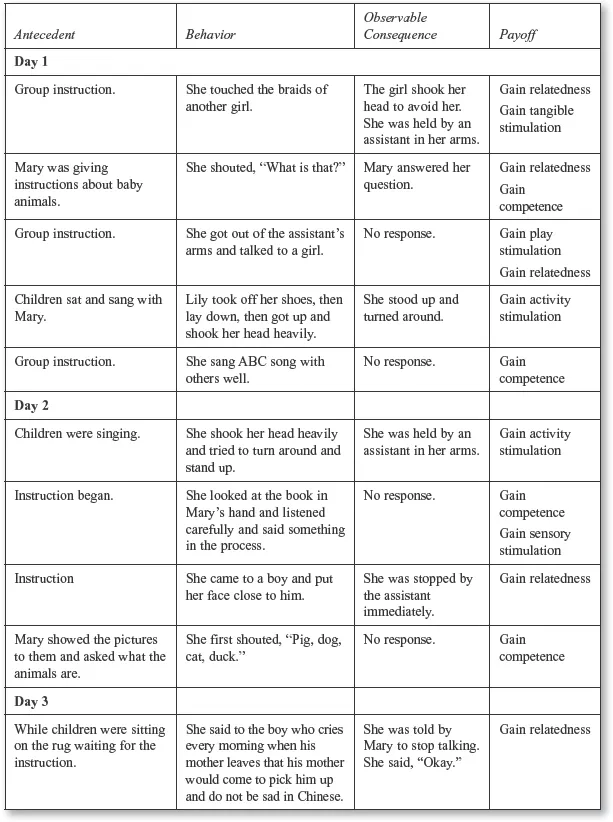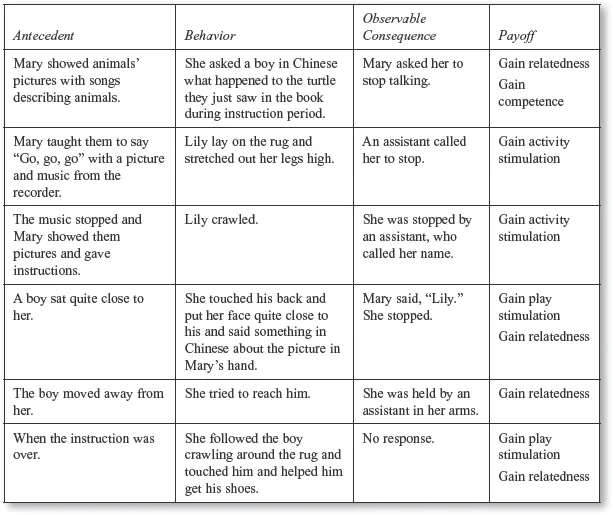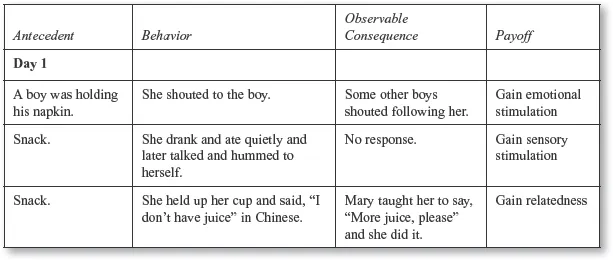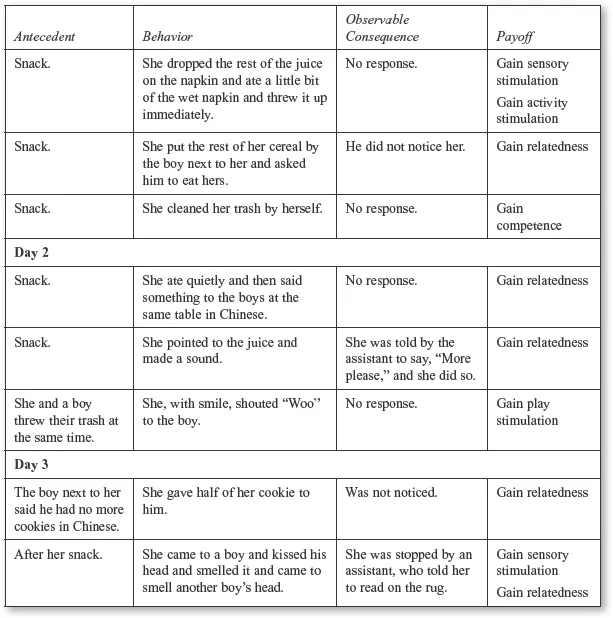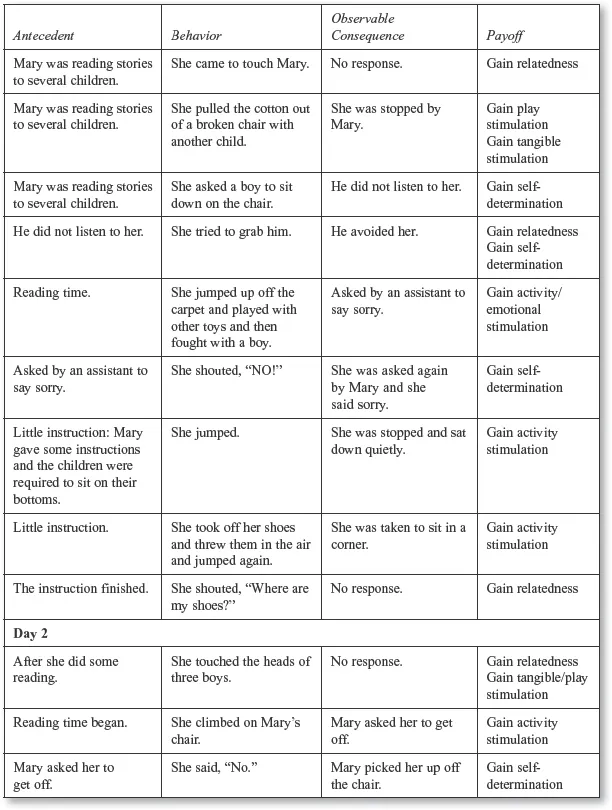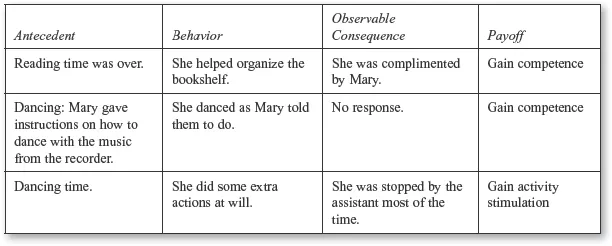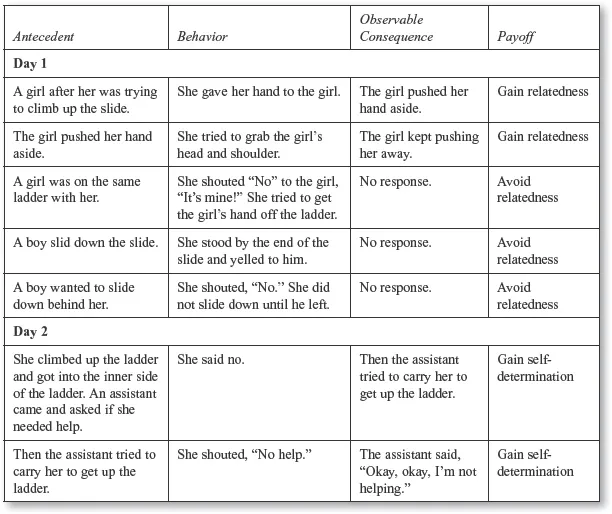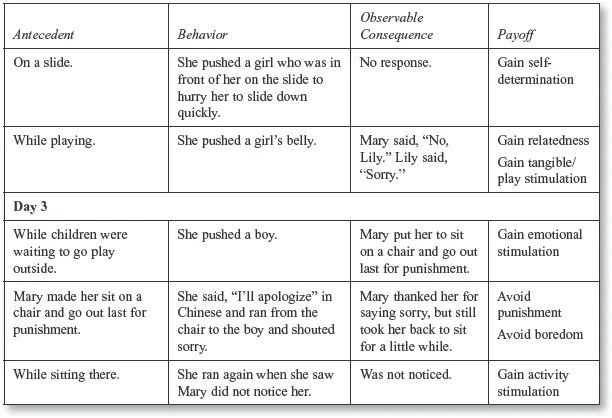
Students With Mild Exceptionalities
Characteristics and Applications
Sydney S. Zentall
- 592 pages
- English
- ePUB (adapté aux mobiles)
- Disponible sur iOS et Android
Students With Mild Exceptionalities
Characteristics and Applications
Sydney S. Zentall
À propos de ce livre
This concise and practical guide thoroughly presents the characteristics of children with specific mild exceptionalities in today?s diverse classroom. Using an active, problem-solving approach that reflects how today?s students learn, Dr. Sydney S. Zentall identifies the characteristics of children with mild exceptionalities that can be gleaned from observations, written descriptions, and personal interactions. Unlike many texts on this topic, which overwhelm students with extraneous information, The text focuses on the characteristics of these students within general education and special class settings. With this knowledge readers will better understand the implications of characteristics for accommodations and be ready to apply this knowledge with empirically based interventions.
Foire aux questions
Informations
Appendix II
Appendix II Data for Case Study 11.1: Lily (“She shouted, ‘NO!’”) (adapted from an assignment submitted by Jia Liu)

